Planning a Year-Long Fresh Food Garden
Have you ever wondered if it’s even possible to plan a year-long fresh food garden? And not only a fresh food garden, but one that utilizes a small space and requires little preserving, if any? I’m happy to inform you that it is possible and I can’t wait to show you how!
While I spent the past 10 years gardening to produce for preservation, I’ve recently made a shift in my gardening plan to focus more on fresh food. This year is going to be a year where I focus on the seasons and grow crops for my family to enjoy fresh out of the garden. In addition, I’m going to do it in a smaller space than I usually do.
If you are curious how to grow a year-long fresh food garden in a smaller space, then keep reading, because I hope you take take some of these ideas to apply to your garden!
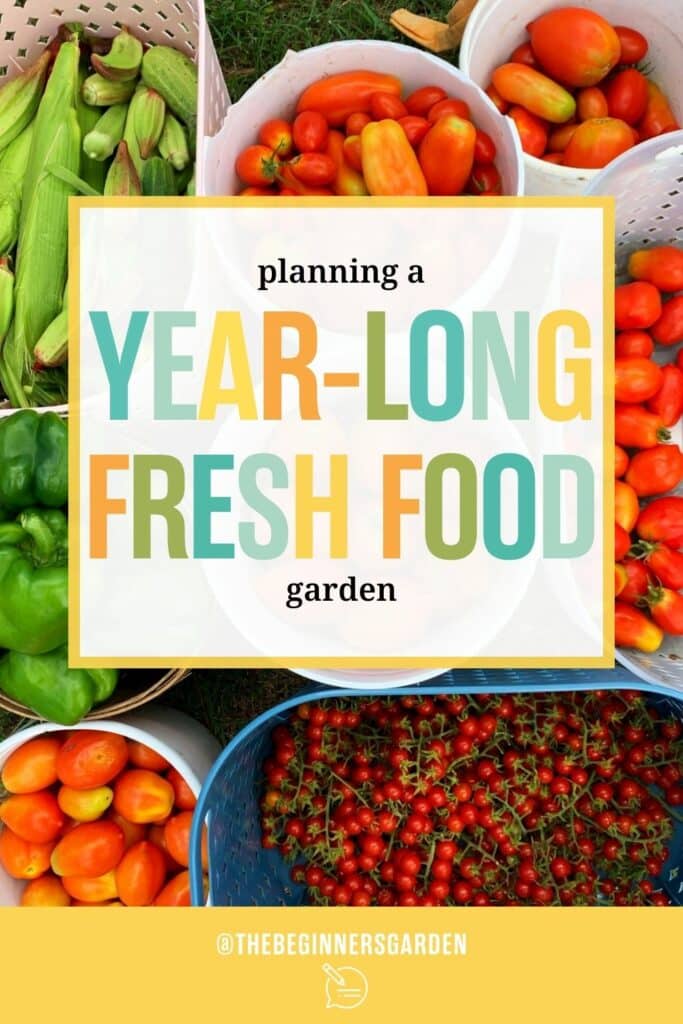
Before we begin, if you’d like to watch a podcast episode instead about planning a year-long fresh food garden, you can follow along here:
How Plan a Year-Long Fresh Food Garden
Let’s discuss how to plan with the purpose of having a fresh food garden all year long with these topics:
- Eating What’s in Season
- Eating for Health
- Planning for 3 Growing Seasons
- Planting Crops in More Than One Season
- Succession Planting
- Planting The Same Crop to Harvest at Different Times
- Staggered Planting
- Year-Long Fresh Food Is Possible
Don’t forget to snag your 2024 Garden Planner Now!
Eating What’s in Season
In order to have a year-long fresh food garden, you will need to embrace seasonal eating. Eating foods when they are ripe and fresh from nature is the key to seasonal eating.
For example, in the cooler months you will harvest broccoli and cabbage and that will also be what you eat during that time.
You can make cabbage soup, coleslaw, sautéed cabbage, etc. You might find yourself eating cabbage either as a side dish or main dish several times a week when it’s in harvest.
On the other end, when it’s time for okra to be harvested in the heat of the summer, our family will eat okra at just about every dinner meal. Our okra will be eaten fried, roasted, pickled, and any other ways I can come up with.

Eating what’s in season is a great way to achieve a year-long fresh food garden. When one crop is done, the next one should be ready to harvest and enjoy.
Eating For Health
Our bodies were designed to flourish by eating a varied diet, and the good news is seasonal eating is exactly how nature provides this! The food that is in season at the moment often coincides with what our bodies need as well.
When watermelon is in season during the hotter summer months, that is often when our bodies are needing extra hydration. Not only is seasonal eating better for our pocketbook (lower grocery costs!), but also our bodies are designed to thrive by leaning into seasonal eating!
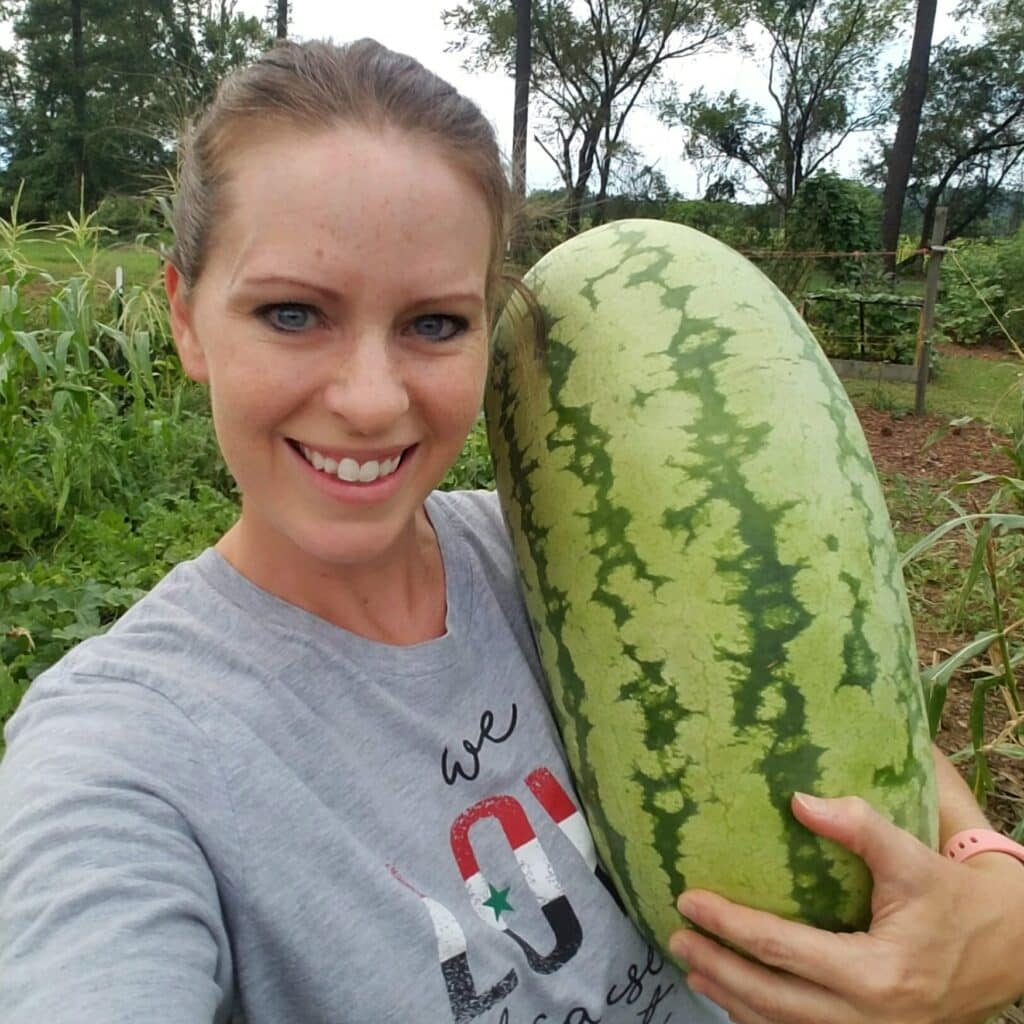
If you are looking for a helpful list of the tasks to do in your garden and when to do them then you’ll love our Seasonal Task List.
Planning for 3 Growing Seasons
There are three distinct growing seasons that I’d recommend you start with.
- Spring Cool Season Crops
- Summer Warm Season Crops
- Fall Cool Season Crops
Depending on your climate and what protective measures you have available, you may find that you can enjoy a fourth season — winter cold-hardy crops.
In order to have a year-long garden that provides you a wide range of foods to enjoy, you’ll want to make sure you take advantage of the seasons in your climate to their full extent.
Make sure to plant cool season crops in the early spring and also in the fall, and then take full advantage of warm season crops during your summer months when the temperatures are warmer.
Planting Crops in More Than One Season
Some crops can be carried into more than one season, like carrots. You can grow them both in the spring and the fall. Another great thing about many cool season crops, like carrots, are that these crops are not as perishable as summer-grown crops.
(If you’d like to see how I plan and harvest a year’s worth of carrots without preserving, you can watch this video.)
For crops like carrots, lettuce, broccoli, and cabbage, I know I don’t have to plant a year’s worth of them in one harvest because I’ll be planting them in two of the three growing seasons.
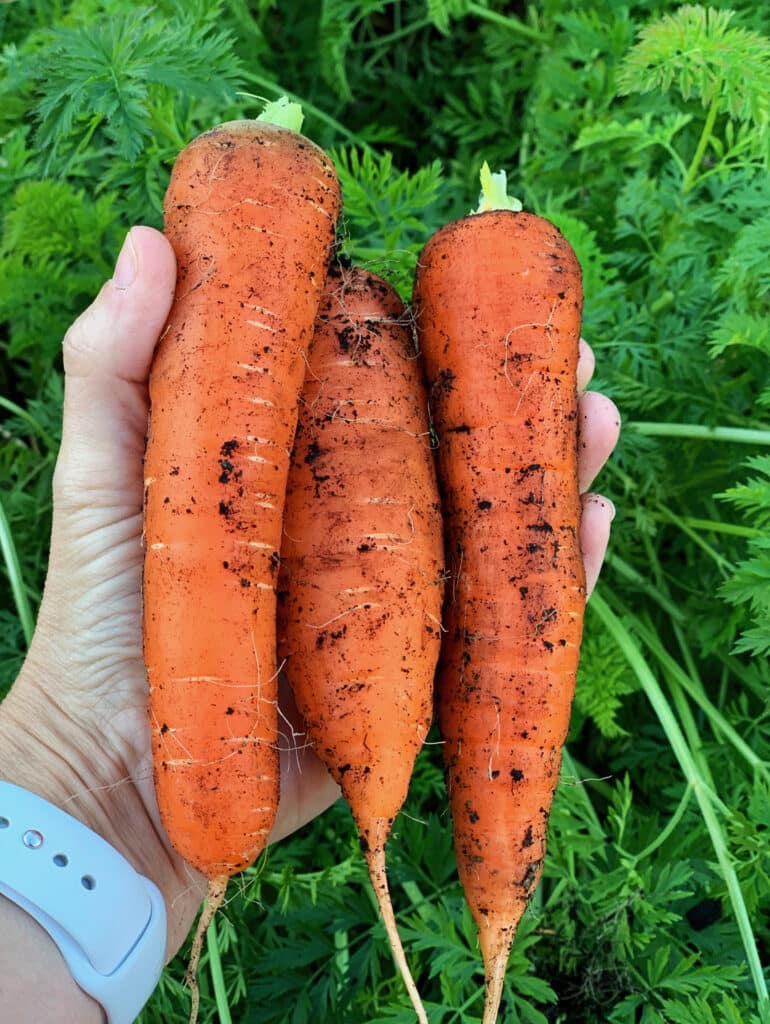
But, crops like tomatoes, peppers, or cucumbers won’t last long, especially if you don’t plan to preserve them. Keep that in mind with perishable crops, which brings us to a method to help extend even those crops a bit longer: succession planting.
Succession Planting
Succession planting is the key to a successful year-long fresh food garden. Succession planting in a garden means planting new crops as soon as you harvest the old ones. This keeps your garden busy all season long, giving you a steady supply of fresh veggies without any empty space. It’s like a non-stop cycle of planting and harvesting to keep your garden productive.
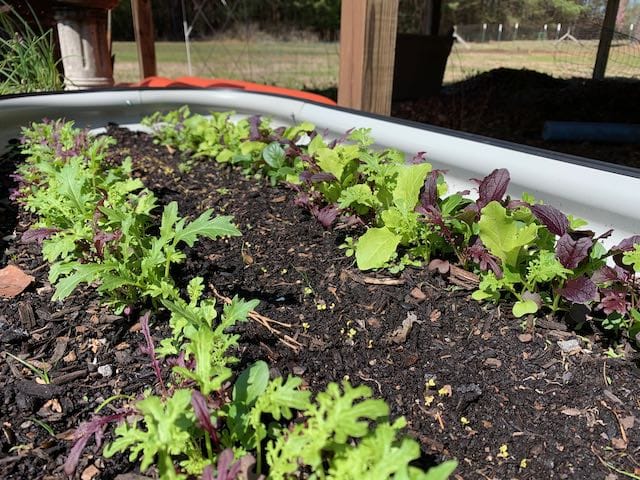
In order to ensure successful succession planting by sowing crops at different times, you need to know a few key things.
First of all you’ll need to know how to schedule plantings based on your climate. You’ll also need to know your plant’s end date (the harvest), which you can learn by reading looking at the “days to maturity” on the seed packet.
Once you know the days to maturity you can plan for the next crop you want to plant after you harvest.
Planting The Same Crop to Harvest at Different Times
When you are planning your year long fresh food garden, one fun trick is to pay attention to the “days to maturity” and select different varieties of the same crop that have varied days to maturity.
For example, you can enjoy watermelons for much longer in the season by planting a few different types of watermelons that have varied maturity dates.
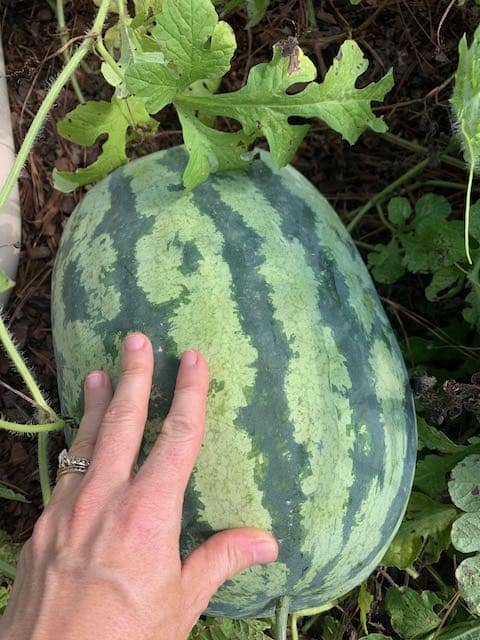
Some may be ready to harvest as early as 65 days (like Early Girl Watermelon) and then other types of watermelons won’t be ready until 85 days (like Charleston Grey). By planting at the same time, you can enjoy a different type of watermelon longer in the season.
Staggered Planting
Staggered planting is a fantastic way to enjoy fresh salad greens and other fresh-harvested crops on a consistent basis. As a beginner, you’ll want to take full advantage of staggered planting. Staggered planting is simply planting seeds or seedlings at different times, rather than all at once.
This helps spread out when your plants are ready to harvest, giving you a longer harvest period. It’s like having a continuous supply of fresh veggies instead of everything being ready all at once.
You can use the staggered planting method for more than just salad greens. Gardeners enjoy carrots, beets, arugula, and more for longer when they sow seeds every week or two in the growing season.
If you live in a climate that doesn’t get too hot in the summer you can extend your growing seasons and use staggered planting all season. If your climate does get too hot for some of these crops, you can still use staggered planting throughout the spring and fall.
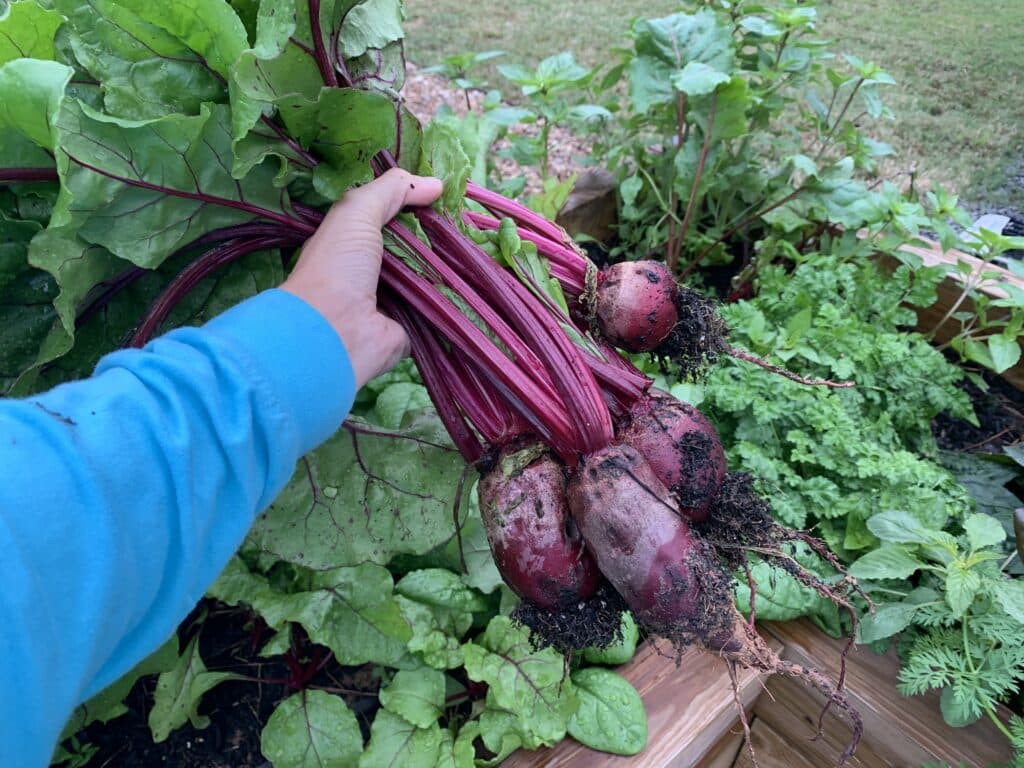
Year-Long Fresh Food Is Possible
If you’ve ever wondered if it’s possible to plan a year-long fresh food garden that doesn’t need a lot of space or preservation, I’m excited to tell you it is!
Shifting from preserving to fresh food gardening means focusing on what’s ripe each season, planning for different times of the year, planting crops at various intervals, using seeds that grow at different speeds, and staggering plantings for a continuous harvest. If you’re eager to learn more, don’t forget to snag our Seasonal Task List.
Do you get overwhelmed with garden planning?

Subscribe here for my best tips to plan your garden in just 7 days -- all for FREE.
Plus, I'll send you my "In the Garden E-mail" on Fridays, periodic updates on garden resources relevant to you, and you'll receive access to my entire bank of free garden downloads!
You are also agreeing to our privacy policy.

